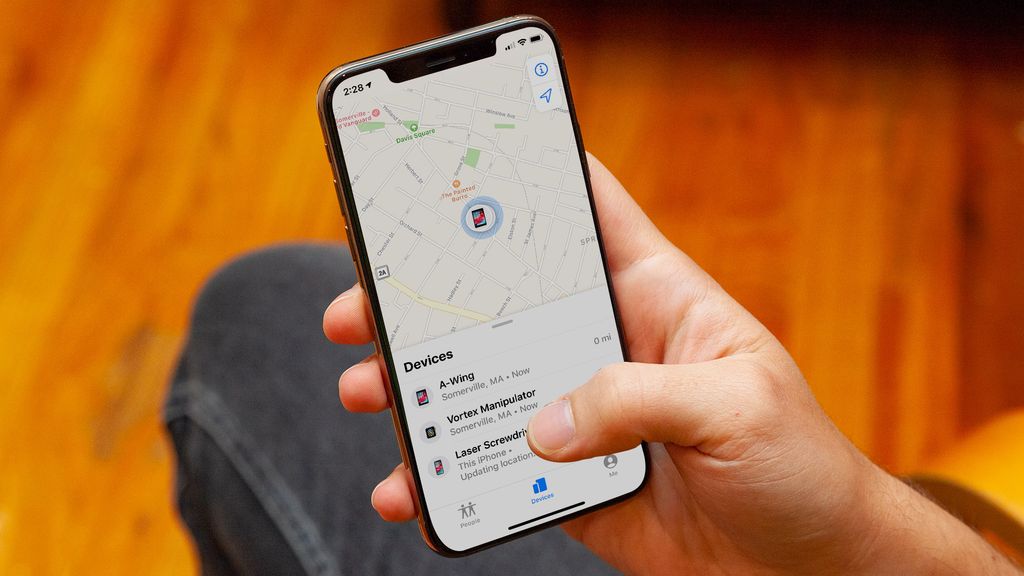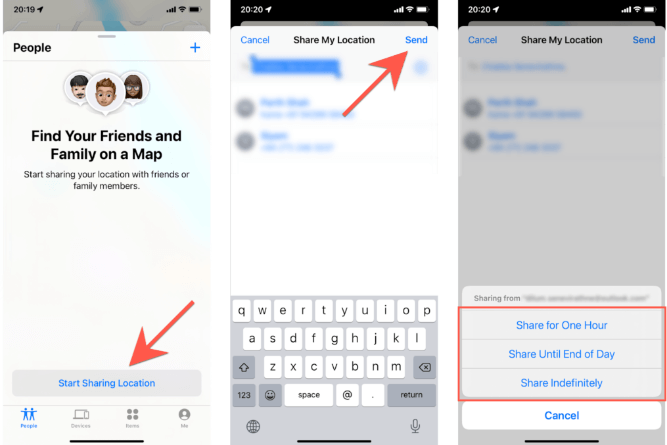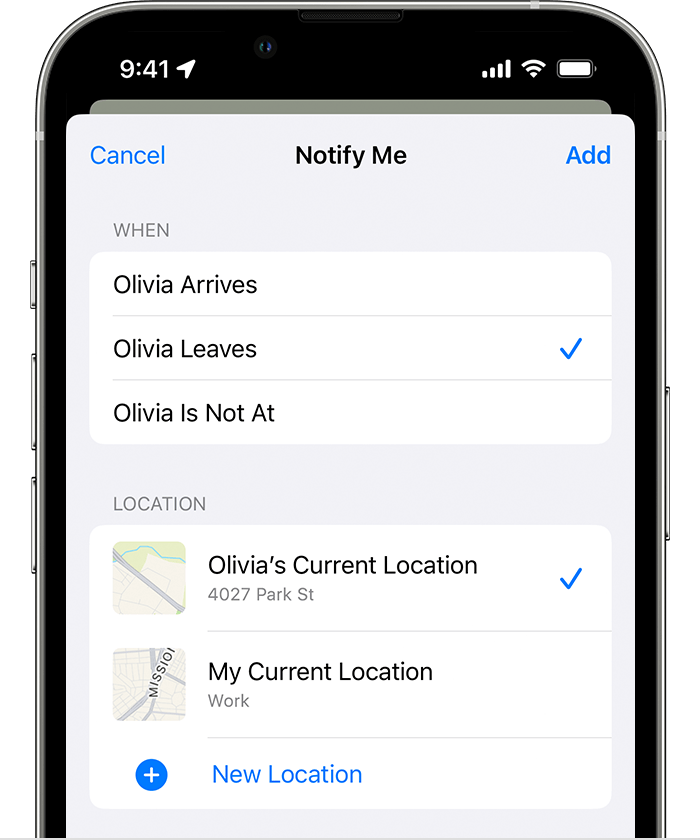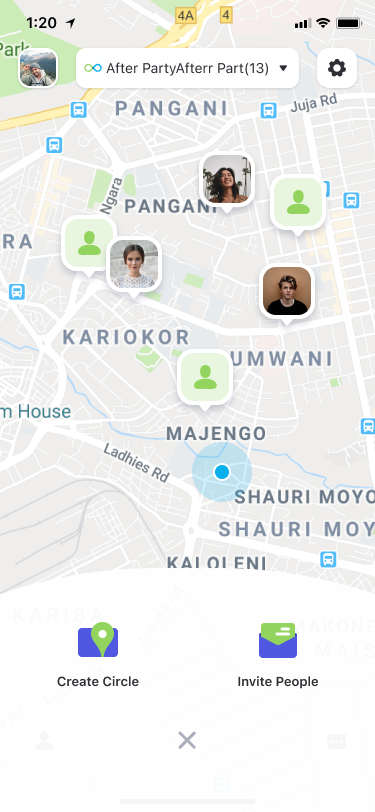How Do You Find A Person's Location

Time is critical when someone goes missing. Locating an individual requires swift action and knowledge of available resources and legal boundaries.
This article provides a concise guide on how to find a person's location, focusing on practical steps and readily accessible tools while respecting privacy and legal constraints.
Immediate Actions: Initial Steps
First, contact local law enforcement. File a missing person's report as soon as possible, providing all known information about the individual, including their last known location, physical description, and any relevant medical conditions.
Next, check their social media accounts. Look for recent posts, check-ins, or messages that might provide clues to their whereabouts.
Reach out to their known contacts – family, friends, and colleagues. Gather any information they might have regarding the person's plans or usual habits.
Utilizing Technology: Digital Tools and Methods
Mobile phone tracking can be crucial. If the person's phone has location services enabled and you have permission (or legal authorization), you can attempt to track its location using a mobile carrier or third-party app.
Consider using social media location features. Platforms like Facebook and Instagram sometimes offer location-sharing options, but accessing this information requires the person to have enabled it previously.
Reverse phone lookup services can provide information linked to a phone number. While not always precise, they can offer potential addresses or names associated with the number.
Legal Considerations and Ethical Boundaries
Accessing someone's location without their consent can be illegal. Always adhere to privacy laws and seek legal counsel when necessary.
Obtain proper authorization before accessing private information. This may involve securing a court order or warrant, depending on the circumstances.
Work closely with law enforcement throughout the search process. They have the authority and resources to conduct investigations while adhering to legal protocols.
Advanced Strategies: When Initial Efforts Fail
Engage a private investigator if necessary. Private investigators have specialized skills and resources for locating individuals, but they must also operate within legal boundaries.
Utilize public records databases. These databases can provide information such as addresses, property ownership, and legal documents, potentially offering clues to the person's whereabouts.
Contact national missing person organizations. Organizations like the National Center for Missing and Exploited Children (NCMEC) offer resources and support for families of missing persons.
Data Privacy and Security
Be aware of the risks associated with sharing personal information online. Guard against identity theft and potential misuse of data.
Use secure platforms when transmitting sensitive information. Avoid sharing data over unsecured networks or through unencrypted channels.
Regularly update your privacy settings on social media platforms. This helps control who can access your location data and personal information.
Conclusion: Next Steps and Ongoing Support
Continue to cooperate with law enforcement and provide any new information that arises. Maintaining open communication is essential for a successful search.
Seek emotional support from family, friends, or support groups. Dealing with a missing person situation can be emotionally challenging.
Remember to stay informed about available resources and legal updates. Understanding your rights and options is crucial throughout the process.
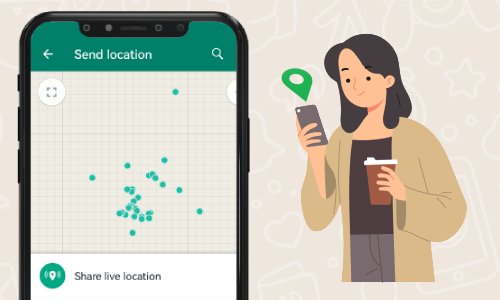



![How Do You Find A Person's Location How to Track Someone's Location by Phone Number [2025 Update]](https://images.airdroid.com/2022/09/find-someones-location-by-cell-phone-number.jpg)
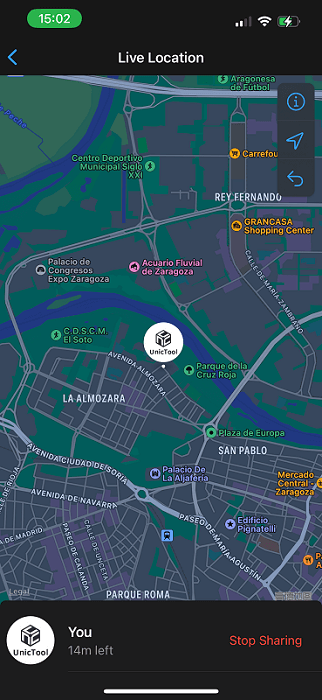
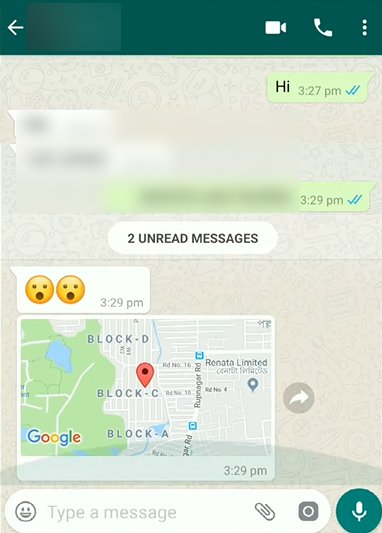
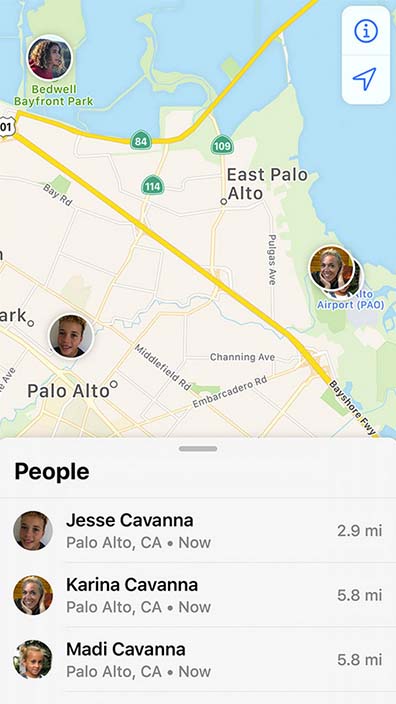

:max_bytes(150000):strip_icc()/google-people-search-3482686-8c5977f13a254465a3c81d35a5c16bb8.png)
